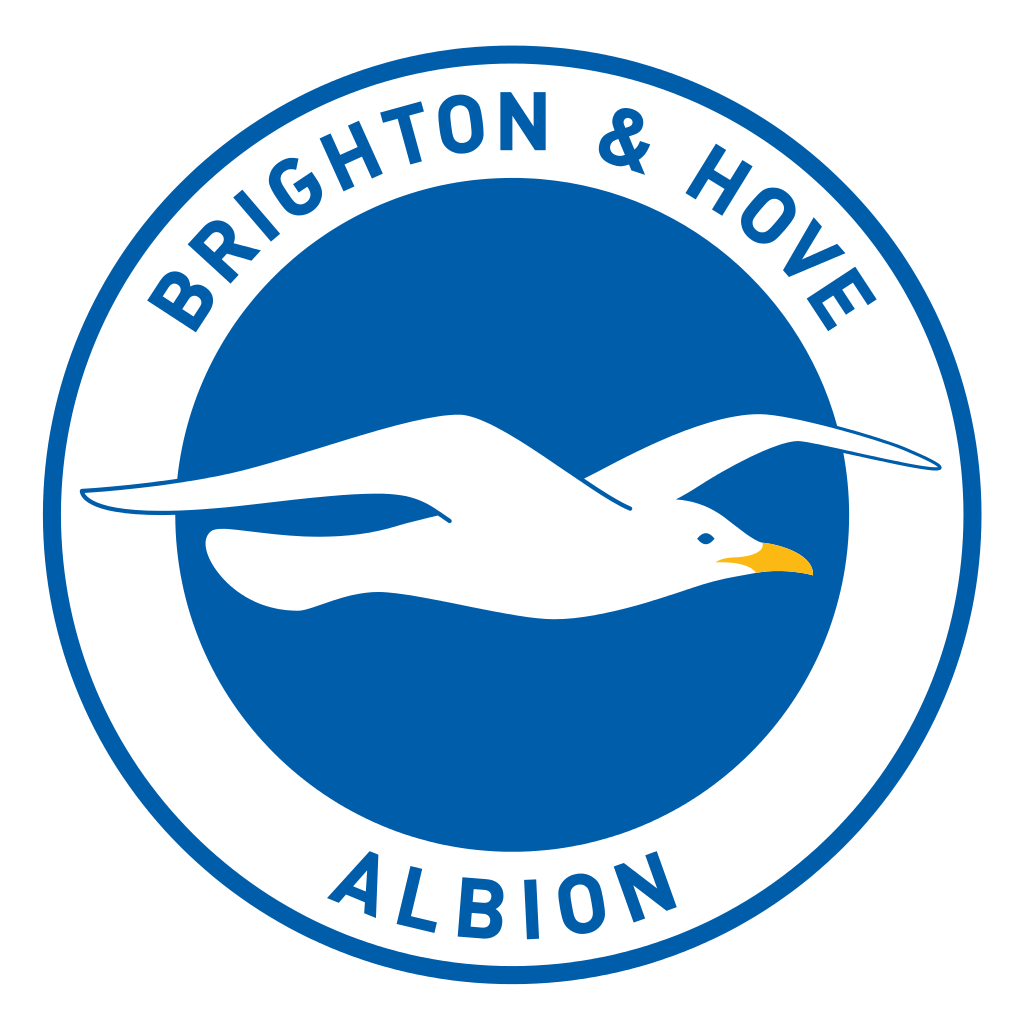Brighton and Hove has 369 unfinished roadworks, putting it in the ten worst affected areas of the UK, a new survey shows.
The city council supplied the information to insurance company LV=, which used it to compile a list of the 91 authorities which responded to their freedom of information request. The city came in seventh – and has double the average number of unfinished projects, 115.
LV= also conducted a survey in March 2014 of 2,001 Britons, which showed roadworks were affecting a third of journeys and adding an average of 12 minutes to travel times. Roadworks had caused 14% of motorists to be late for meetings in the last year.
While 66% of those polled felt road quality in their area was getting worse, 37% said projects were not completed quickly enough.
LV= Road Rescue managing director Peter Horton said: “Local authorities face a difficult challenge to repair and maintain our roads this year, particularly given the impact of the adverse weather we have seen in recent months.
“With more cars on the road than ever, it will be hard to carry out roadworks without impacting drivers.”
Peter Box, chairman of the Local Government Association’s economy and transport board, said: “Councils always look to ensure essential work by their highway teams is carried out efficiently and to a high standard. We also work with utility firms to make sure they keep disruption to an absolute minimum and that works are co-ordinated and planned effectively.
“Despite deep funding cuts, councils fixed another two million potholes last year and continue to work flat out to repair the damage caused to our roads by last winter’s flooding. The extreme weather has exacerbated the roads crisis facing this country with our roads now in such disrepair that it will take more than a decade and £12 billion to bring them up to scratch.
“We share the frustration of motorists about the state of our roads. Decades of underfunding have trapped councils in an endless cycle of only being able to patch up our road network. We need increased and consistent funding for the widespread resurfacing projects we desperately need if we’re ever to see a long-term improvement.”
The ten worst affected areas
- Suffolk County Council 1,906
- Leicestershire County Council 1,250
- Derby City Council 930
- Carmarthenshire County Council 604
- Nottingham City Council 590
- East Riding of Yorkshire Council 582
- Brighton & Hove 369
- Vale of Glamorgan 355
- London Borough of Southwark; 122
- Rotherham Metropolitan Borough Council 6.








Interesting article: this disproportionate figure is, I would say, a direct result of the current council’s haste in trying to have a significant impact right across our city by making it unattractive to motorists and more appealing to cyclists and able-bodied pedestrians. They want to do as much of this as possible before what is bound to be substantial political change this year and next. They are on some kind of a ‘mad charge’ and I cannot see it abating.
Interesting article: this disproportionate figure is, I would say, a direct result of the current council’s haste in trying to have a significant impact right across our city by making it unattractive to motorists and more appealing to cyclists and able-bodied pedestrians. They want to do as much of this as possible before what is bound to be substantial political change this year and next. They are on some kind of a ‘mad charge’ and I cannot see it abating.
Dear Council – When you say 2 million pot holes were repaired – you should be asking yourself whether the surface needs to be relaid. Repairing potholes in such numbers is nothing to be proud of. Just shows lack of vision, foresight and ability to connect the dots. Plus shoddy build quality to begin with.
Dear Council – When you say 2 million pot holes were repaired – you should be asking yourself whether the surface needs to be relaid. Repairing potholes in such numbers is nothing to be proud of. Just shows lack of vision, foresight and ability to connect the dots. Plus shoddy build quality to begin with.
It is interesting piece but NB some the detail of what these statistics actually show – the breakdown is of the 91 authorities who responded to an FOI request. So what about all the others? And what about the poor road services – presumably many – that are not subject to roadworks, and are therefore not recorded in these statistics?
My impression – and it is admittedly only an impression – is that there are many places with worse roads than B&H – Hastings and South West Surrey both come to mind from recent experience. And this is not a car v cycles issue – if you’re on a bike and your front wheel disappears into a pothole, you are likelier than a motorist to end up in A&E, surely?
As for the politics of it, I see true blue Suffolk tops the list! The other point I’d make is that anyone who supported the Greens under the impression they were all in favour of motorised transport clearly didn’t read the brochure properly – like it or not, a rebalancing in favour of cycles and pedestrians is what they were elected (on 33% of the vote, but that’s another issue…) to do.
It is interesting piece but NB some the detail of what these statistics actually show – the breakdown is of the 91 authorities who responded to an FOI request. So what about all the others? And what about the poor road services – presumably many – that are not subject to roadworks, and are therefore not recorded in these statistics?
My impression – and it is admittedly only an impression – is that there are many places with worse roads than B&H – Hastings and South West Surrey both come to mind from recent experience. And this is not a car v cycles issue – if you’re on a bike and your front wheel disappears into a pothole, you are likelier than a motorist to end up in A&E, surely?
As for the politics of it, I see true blue Suffolk tops the list! The other point I’d make is that anyone who supported the Greens under the impression they were all in favour of motorised transport clearly didn’t read the brochure properly – like it or not, a rebalancing in favour of cycles and pedestrians is what they were elected (on 33% of the vote, but that’s another issue…) to do.
The reality is that Greens and Tories are very similar, Tories don’t want to spend anything, and Greens spend, but not on roads because of their Green “not in cars” belief but cyclists and buses also need roads so both are flawed beliefs
The reality is that Greens and Tories are very similar, Tories don’t want to spend anything, and Greens spend, but not on roads because of their Green “not in cars” belief but cyclists and buses also need roads so both are flawed beliefs
The reality is that Greens and Tories are very similar, Tories don’t want to spend anything, and Greens spend, but not on roads because of their Green “not in cars” belief but cyclists and buses also need roads so both are flawed beliefs